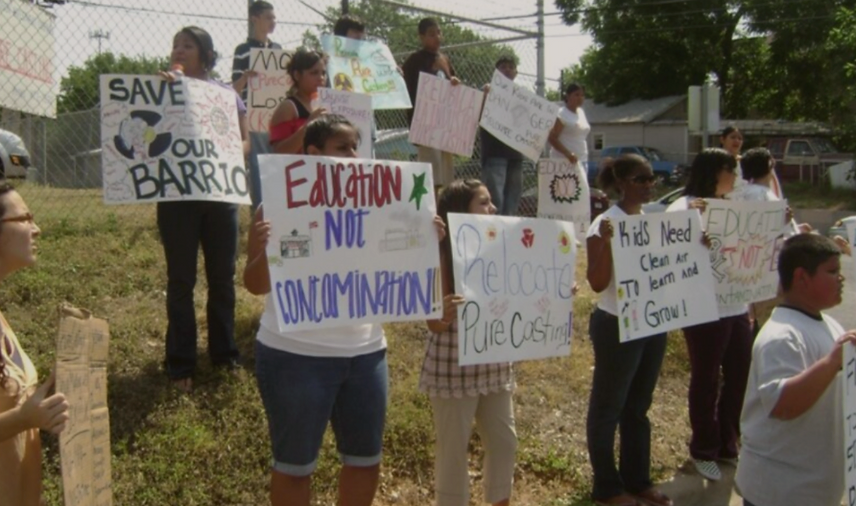In Texas, the most deadly and costly natural disaster is flooding. Preparation and response are limited because existing flood and risk maps don’t account for the ways that river flooding, surface flooding, storm surges, and terrain interact. By overlaying new, finely tuned flood maps over specially designed street maps that indicate all known structures, residences, and even which communities are most vulnerable, state agencies and local governments can respond to disasters faster and allocate resources better. This project will focus specifically on communities in Southeast Austin and Southeast Texas that have seen significant flooding events. We will also design a “Texas Disaster Decision Theatre” where academics and policy makers can come together to experience hazard simulations and work collaboratively to devise new policies and practices that keep Texans safer.
Central Research Questions:
How does the combined system of rivers, roads, terrain, and people respond during extreme events, what are its most critical points, and which communities are most impacted? How does a systems approach improve planning, preparedness and response (compared to looking at each component separately)?
What problem(s) is this project attempting to solve?
Significant gaps exist in the hazard preparedness and response capacity in Texas cities and communities. There is insufficient communication between researchers, decision-makers, and communities; there is a lack of integration between technical modeling tools and social science; there are a lack of stakeholder-oriented tools that translate scientific insights into actionable information; there is a gap between localized flooding (and other hazard) issues, the impacts of those hazards on communities, and the suite of available solutions.
Geographic Areas of Interest: Austin area, Southeast Texas, greater Gulf Coast.
Key Partners: Firefighters and other first responders, City of Austin, Emergency Services, Go Austin/Vamos Austin (community-based organization), Forklift Danceworks
Anticipated Outcomes and Impacts:
- Increased understanding of compounding effects of flooding, heat, and other hazards and social vulnerability in research and practice (through scholarly outputs and the creation of tools to support city and community stakeholders)
- Increase the depth, breadth, and integration of knowledge across multiple natural hazards in Texas through knowledge co-production by academic and non-academic stakeholders
- Development of direct and continuous exchange between research and practice so that emergency managers, city planners, residents etc. have most up to date information on hazards, what is expected to change under future climate scenarios, and what options are available for them
- Improved infrastructure, reduction of losses due to flooding and other hazards, and measurable increase in adaptive capacities
- Creation of a replicable framework that can be used in other locations



